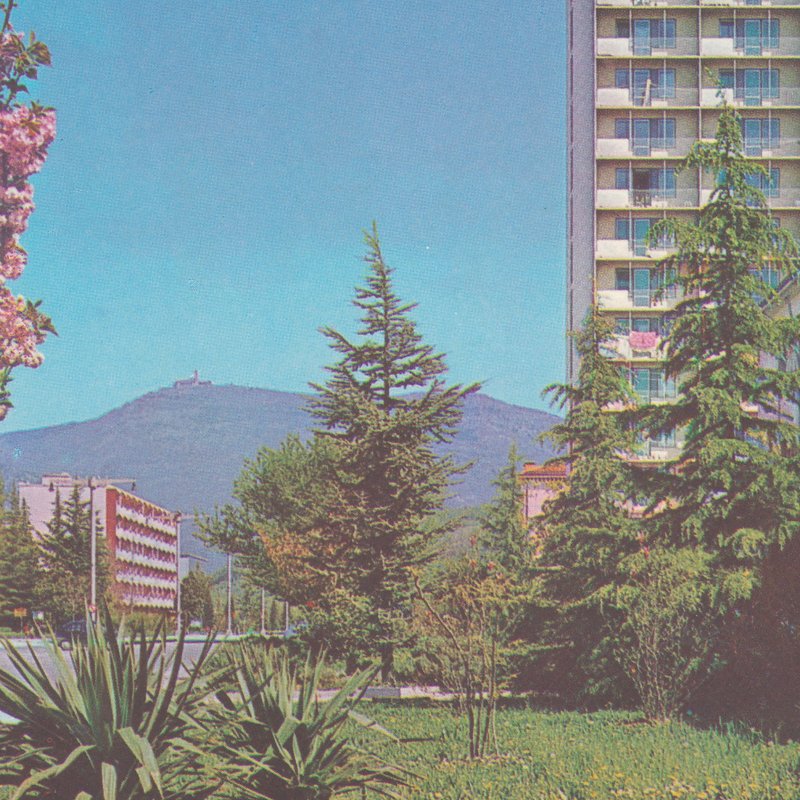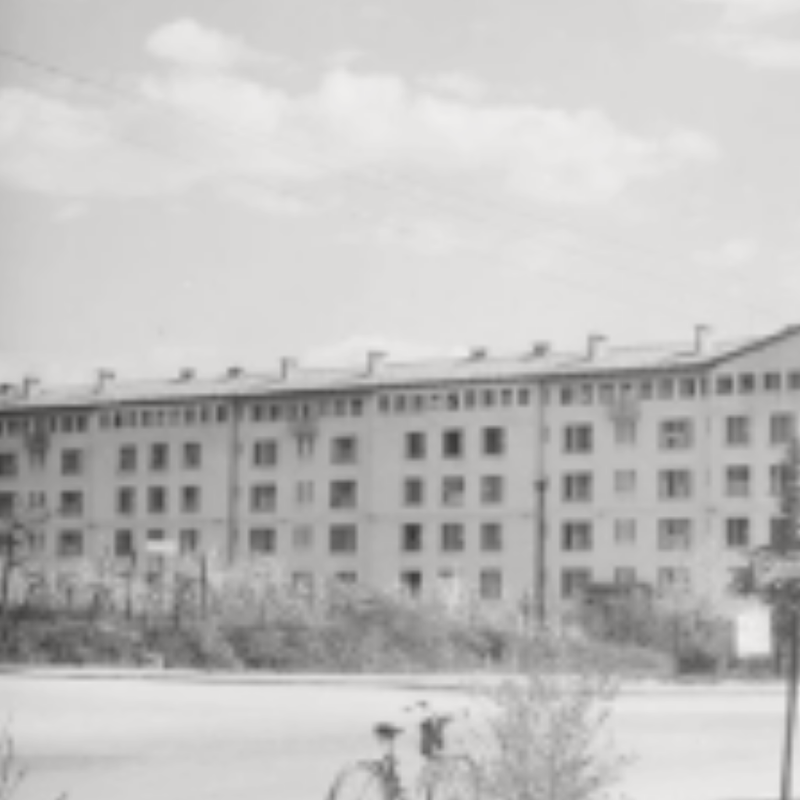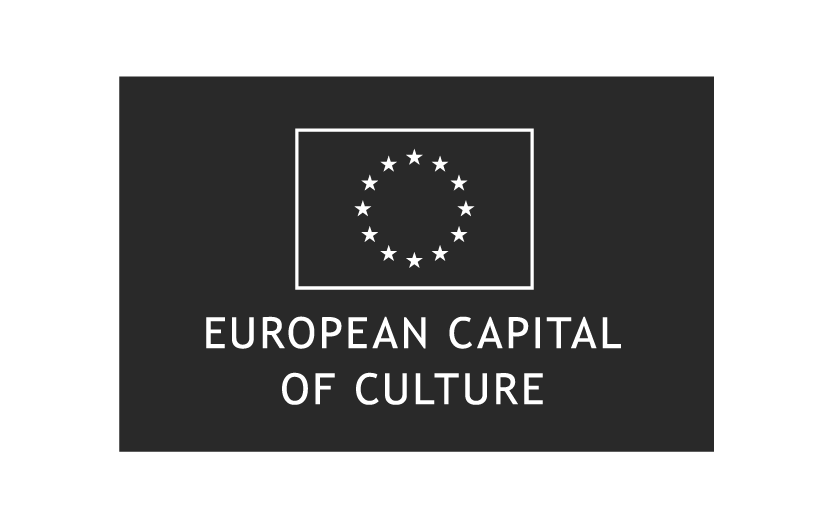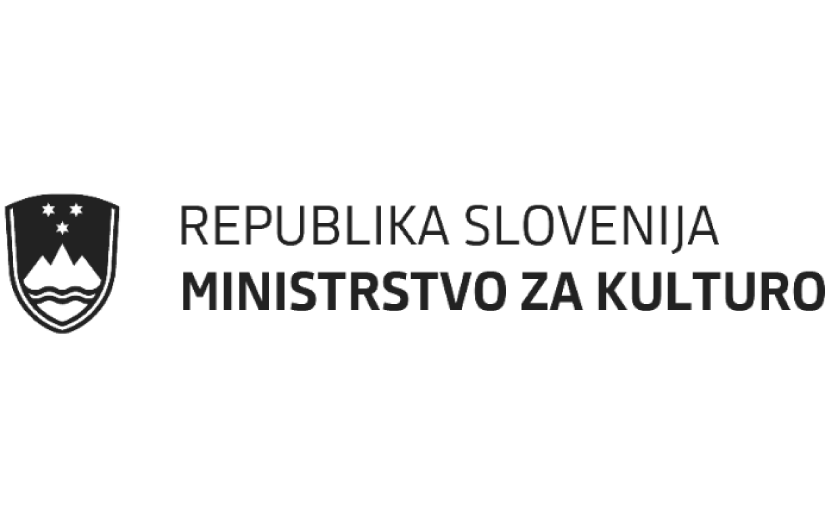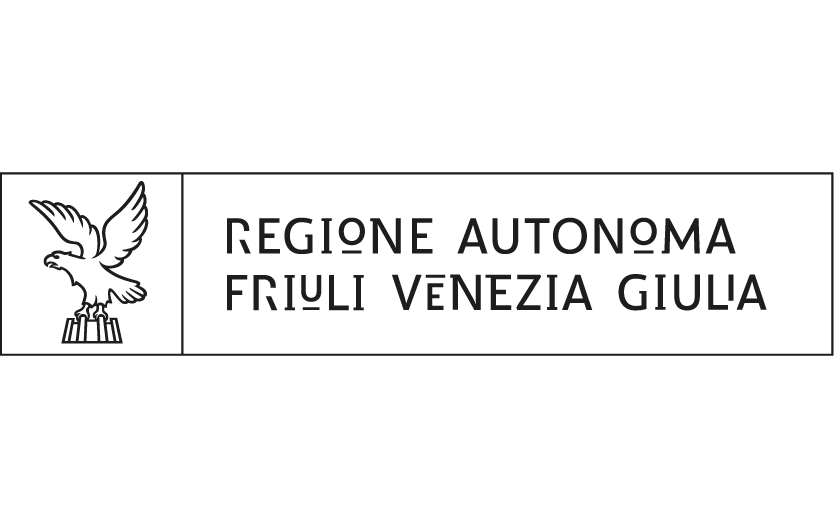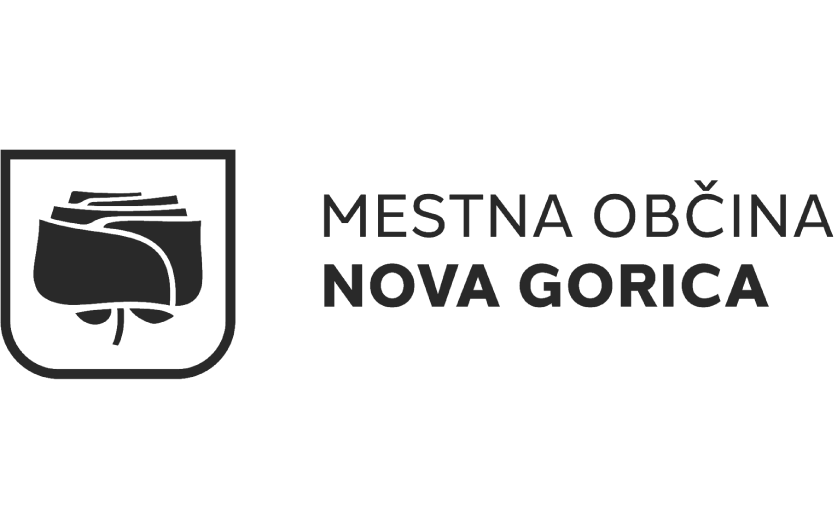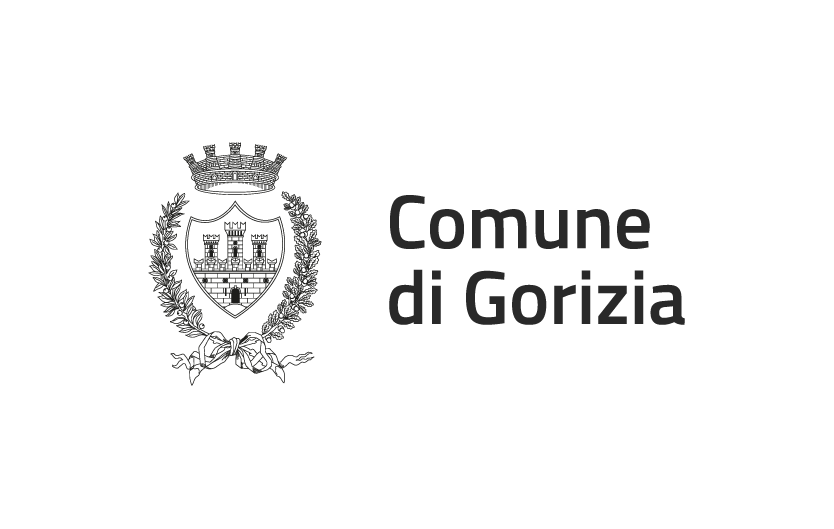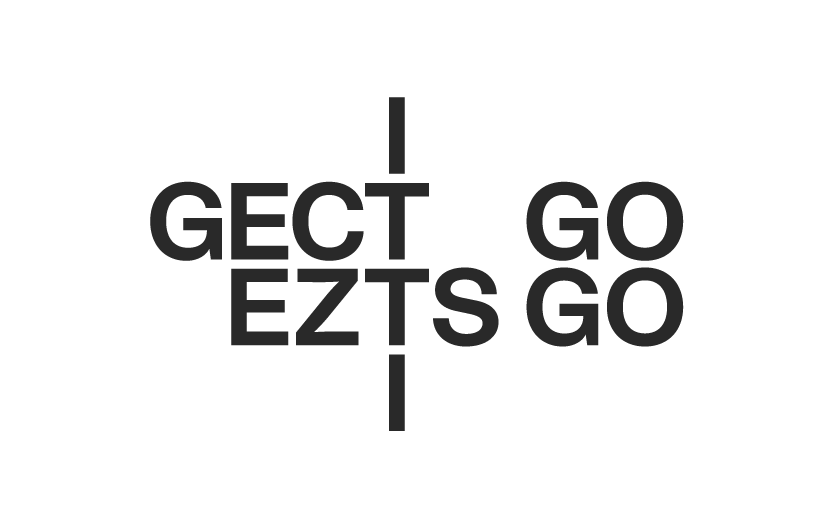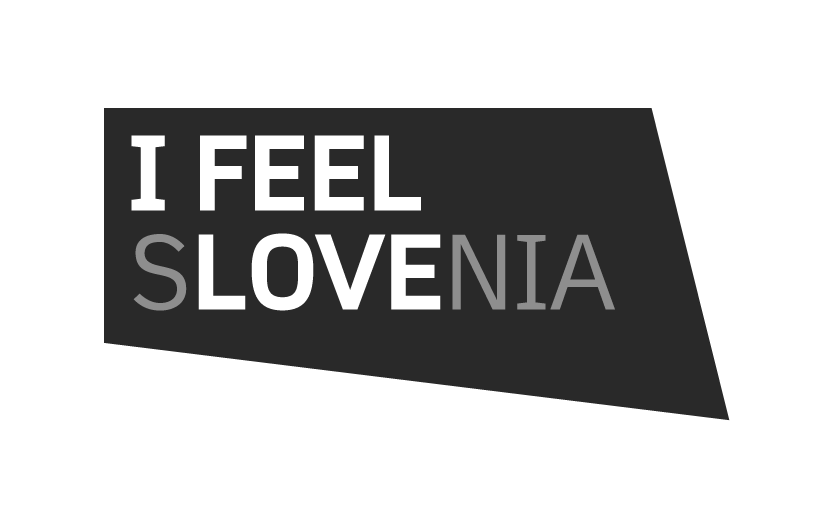Lead partner: MoTA – Museum of Transitory Art.
Other partners: MAO – Museum of Architecture and Design, Festival SONICA.
Venue: Eda Center, public spaces in Nova Gorica
Edvard Ravnikar’s plan for Nova Gorica was created at a time of tectonic political and ideological shifts in the wake of the Second World War, when the border cut off Gorica from its Slovenian hinterland. The new "city that would shine beyond the border" was not conceived as a template Western modernist city, nor as a derivative of Eastern Soviet models on the short-lived border of the unified socialist bloc, but primarily as a response to the new demarcation and the ambitions to create a more humane space for everyone.
Most of Ravnikar’s ideas for the new city were not realized, just as many other projects and developments were not built in subsequent decades. This does not mean that Ravnikar’s vision is present only on paper. Nova Gorica is composed of everything that has been built, as well as everything that has never been realized. The city is also built from spaces that have long since been demolished or radically changed. A person walking along the wide, sunny streets encounters voids, missing buildings, and never-completed public space arrangements at every step, giving Nova Gorica the dual image of an unattainable ideal and a never-completed construction site. In this way, Nova Gorica preserves the germ of a utopian city, which usually disappears so quickly from realized utopias.
Nonument Group will focus on the invisible and non-existent Nova Gorica without which there is no Nova Gorica. Nonument Group will present the mapping of the invisible city with an exhibition and interventions in urban space that will make the shining invisible city visible and tangible.
Photo: Mateja Pelikan

